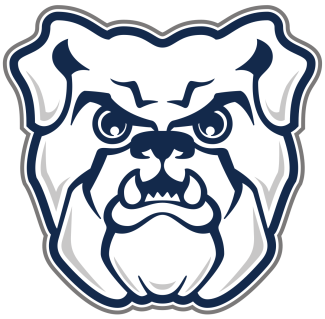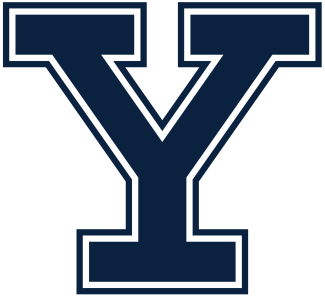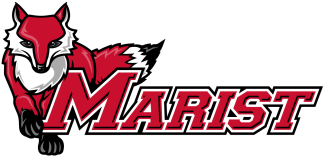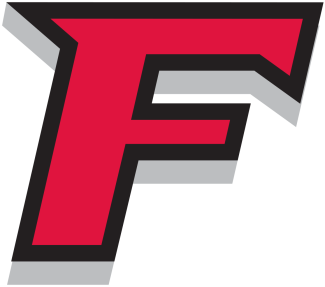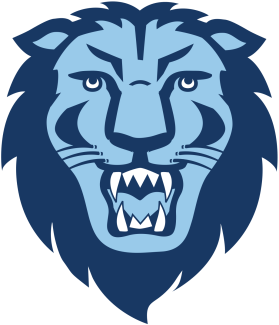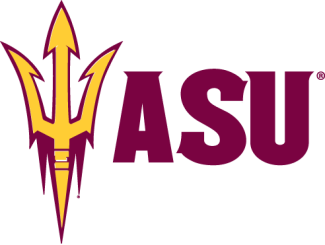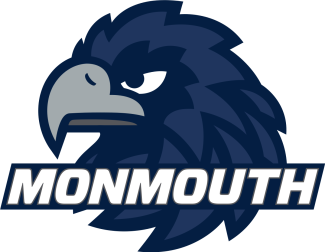US Lacrosse has developed resources — practice guides, workbooks, online seminars — to provide developmentally-appropriate curriculum for coaches following the model.
The model is also a mindset, putting kids first by making sure they have fun, have the opportunity to play different sports, participate in other activities — all things incorporated into the coaching curriculum that US Lacrosse believes will ultimately keep more kids playing the sport longer and develop better players.
One example that Bergey loves is the emphasis on station-based practices.
“When you go to the grocery store, you always look for the shortest line,” Bergey said. “But we allow kids to stand 15 players deep in lines at practices. Why do we do that, when we don’t even have the patience to wait for one person ahead of us in line? The station-based practices allow us to break the kids up and cater to their needs, just like they do in school.”
Some of the simpler stations can be run by parents with little coaching experience. It leads to a more inclusive approach.
Adams, the former president of the US Lacrosse Central Pennsylvania Chapter, and Bergey will continue to push the merits of the model while addressing the concerns of coaches and administrators. They’ve found a receptive audience willing to listen.
“We’ve had open and respectful dialogue,” Adams said. “Everyone is focused on doing what’s right for the kids.”
Locally Grown
Central Pennsylvania
Bucknell legend Sid Jamieson joined Chris Allen, David Heisey, Richard Lefever, Carol Venet and David Webster in the chapter’s inaugural hall of fame class Jan. 29.
Charlottesville
The chapter and the Sandell Officials Association held a Level 1 officials training clinic in January.
Chesapeake
Dave Cottle and Jim Moorhead were inducted into the chapter hall of fame, one of the first events after the chapter was reinstated.
Greater Baltimore
Mark Hoffman, Patty Lagator Knott, Meghann Mohler McMahon, Brendan Mundorf, Jess Roguski Onheiser, Kevin Pehlke, Chris Robinson, and Scott Boyle (posthumous) were hall of fame inductees.
Pittsburgh
After dissolving several years ago, the reconstituted chapter has hosted CDP clinics, while supporting local youth and officials organizations.
Potomac
Chapter board member Rich DeSomma organized and hosted the 15th Marymount Coaches Clinic for 230 youth coaches and officials.
Richmond
In February, the chapter hosted local lacrosse leaders and coaches from all age groups for a season kickoff event.
Southwest Virginia
On Jan. 14, the chapter held its first coaches training program in eight years, providing CDP Level 1 instruction to 22 area coaches.
Tidewater
Expanding elementary PE lacrosse, lobbying for sanctioned varsity lacrosse in area public schools and an ambassadors program for U15 girls are among the chapter’s biggest initiatives.
West Virginia
The chapter is commemorating the 10th anniversary of organized high school lacrosse in the state. The WVSLA season concludes with an all-star game June 3 at Wheeling Jesuit.
Western Maryland
The chapter hosted a free introductory lacrosse clinic for more than 200 players.
Picture This

Stick springers
Highland Springs High School, a 2016 US Lacrosse First Stick Grant recipient from Richmond, Va., held an indoor practice to get ready for the spring season.
My USL Rep
Mark Eissele
Mark Eissele joined US Lacrosse in August 2014 and oversees development and growth efforts in the Western Mid-Atlantic Region, including parts of Pennsylvania, Maryland, West Virginia, and Virginia. Mark’s US Lacrosse experience started many years earlier, when his kids began playing and he found himself coaching. He took advantage of the Coach Development Program to become a certified coach in both games. Now his kids both play in high school, so he can be found in the stands cheering or trying to keep up as he plays for two “old-man” club teams.
How can US Lacrosse help develop the sport in your area, contact Mark at meissele@uslacrosse.org or 410-235-6882, extension 169.

